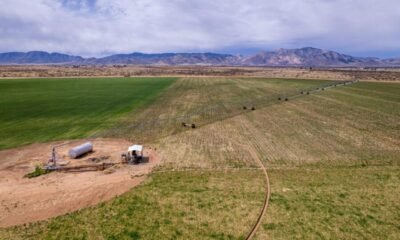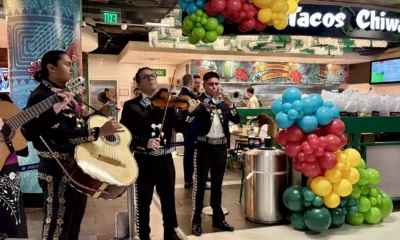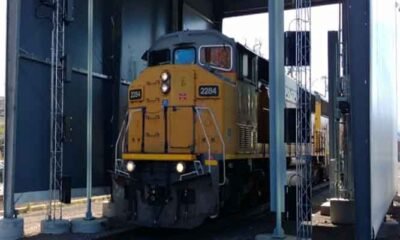arizona
Tucson Launches $86.7M Project to Transform Wastewater into Safe Drinking Water

Tucson city officials, in collaboration with the U.S. Bureau of Reclamation, have formalized plans for an $86.7 million water purification facility designed to convert wastewater into potable water. The agreement was signed on Wednesday at the Sweetwater Wetlands, a site dedicated to reclaiming wastewater and replenishing the aquifer.
New regulations enacted by the Arizona Department of Environmental Quality last year permit the development of “toilet-to-tap” systems. This facility will be capable of treating 2.5 million gallons of water per day and is projected to be completed by late 2031. The location for the facility will be near Ina Road and Interstate 10.
This initiative is part of Tucson’s One Water 2100 plan, a comprehensive strategy endorsed by Mayor Regina Romero and the City Council that aims to conserve and recycle water resources. By implementing this facility, officials anticipate conserving 56,000 acre-feet of water from Lake Mead over the next decade, thereby alleviating pressure on the Colorado River.
John Kmiec, Tucson Water’s director, highlighted the facility’s role in addressing water supply challenges, especially on Tucson’s Northwest Side, where PFAS contamination has led to well closures. Starting in 2026, the city plans to reduce its reliance on the Colorado River, currently allotted 144,000 acre-feet annually, while the city consumes around 100,000 acre-feet each year.
Kmiec outlined that the city has been “banking” surplus water to ensure future availability. “Making these small cuts in our allotment doesn’t affect our annual water supply,” he explained. The new facility introduces advanced water purification as an effective method for sustainable water management.
In a related agreement, Touton signed a contract with Gilbert Mayor Scott Anderson, granting $17 million for advanced metering and infrastructure projects that aim to conserve 8,500 acre-feet of water each year. Funding for these projects stems from the Inflation Reduction Act and the Bipartisan Infrastructure Law, which have provided substantial federal resources for water-related initiatives in Southern Arizona.
According to the Brookings Institute, the Biden administration has allocated approximately $570 billion nationwide for infrastructure projects over the last two years. Councilmember Nikki Lee expressed gratitude for these collaborations, emphasizing the importance of safeguarding shared water resources to support the community’s future sustainability.
The new facility will be situated near the Tres Rios Water Reclamation Facility, where water currently discharged into the Santa Cruz River will be repurposed for advanced treatment. Kmiec noted that cities like Phoenix and Scottsdale are also exploring similar purification systems, indicating a shift towards modernized water management across the region.
Touton explained that these initiatives are part of a broader strategy under the Bureau of Reclamation’s Bucket 2 programs, which aim to address the future impacts of drought on the Colorado River. These projects are designed to adaptively manage resources, ensuring sustainable water supplies in an era of potential scarcity.
Data from the University of Arizona reveals a significant reduction in individual water consumption in Tucson, decreasing from 121 gallons per person per day in 1996 to 76 gallons per person per day by 2022. This trend reflects a slight decline in overall water usage as the population continues to grow, showcasing the city’s commitment to responsible water management.


















